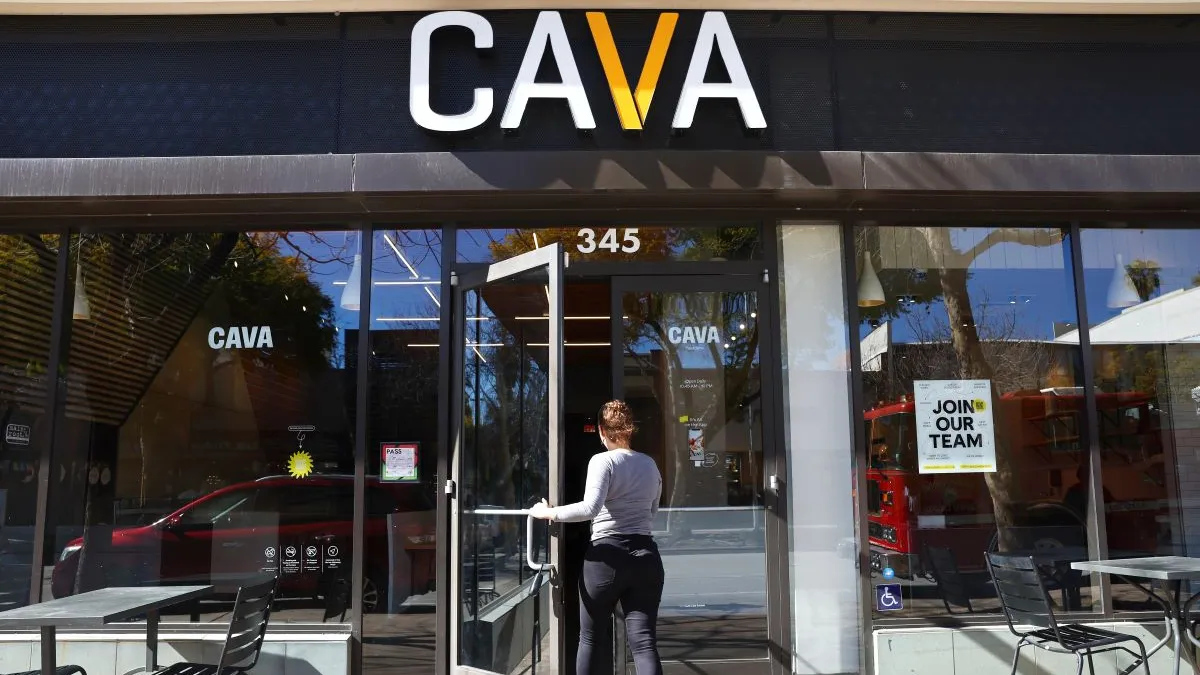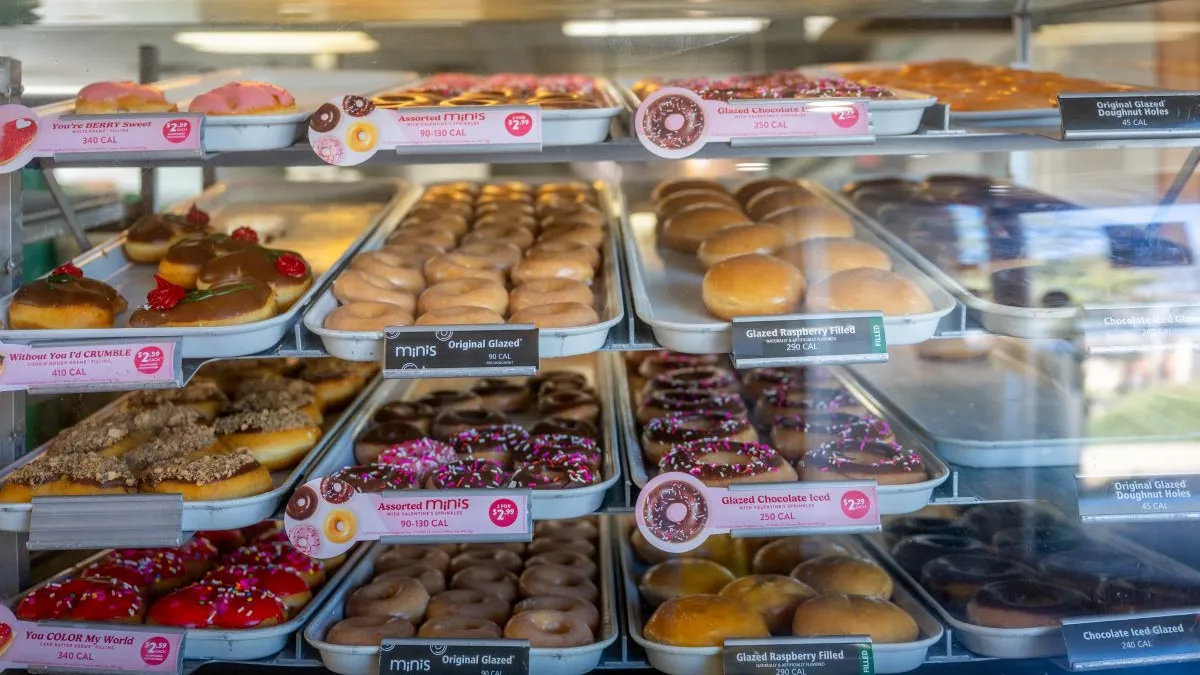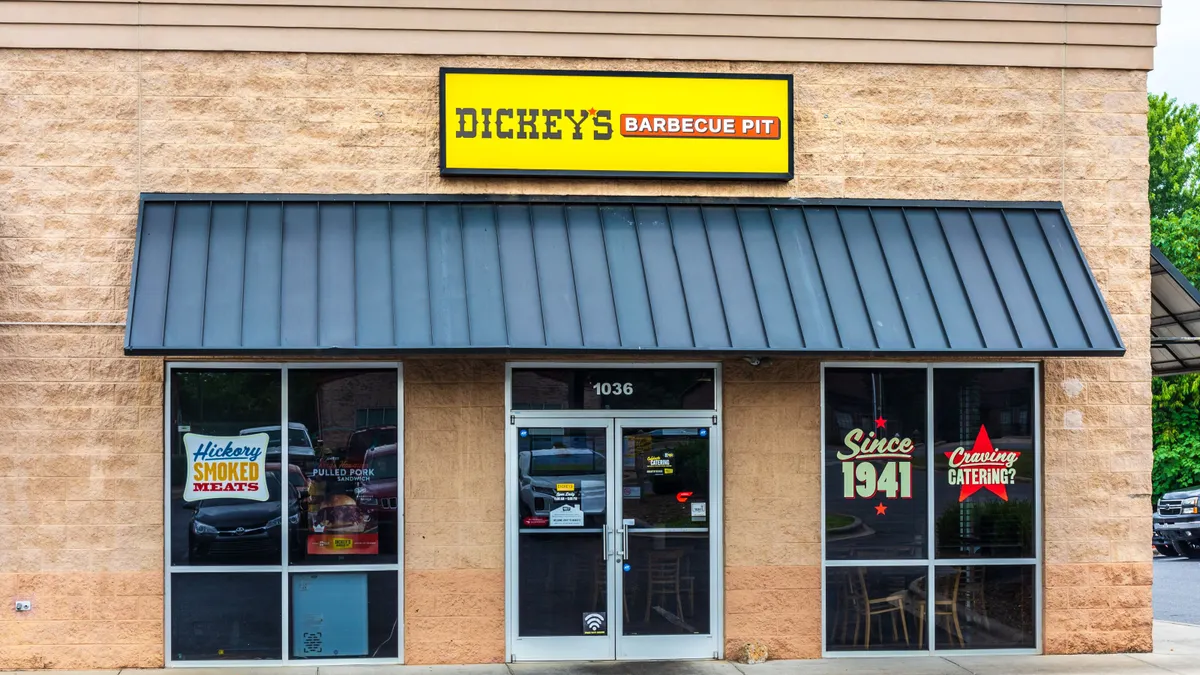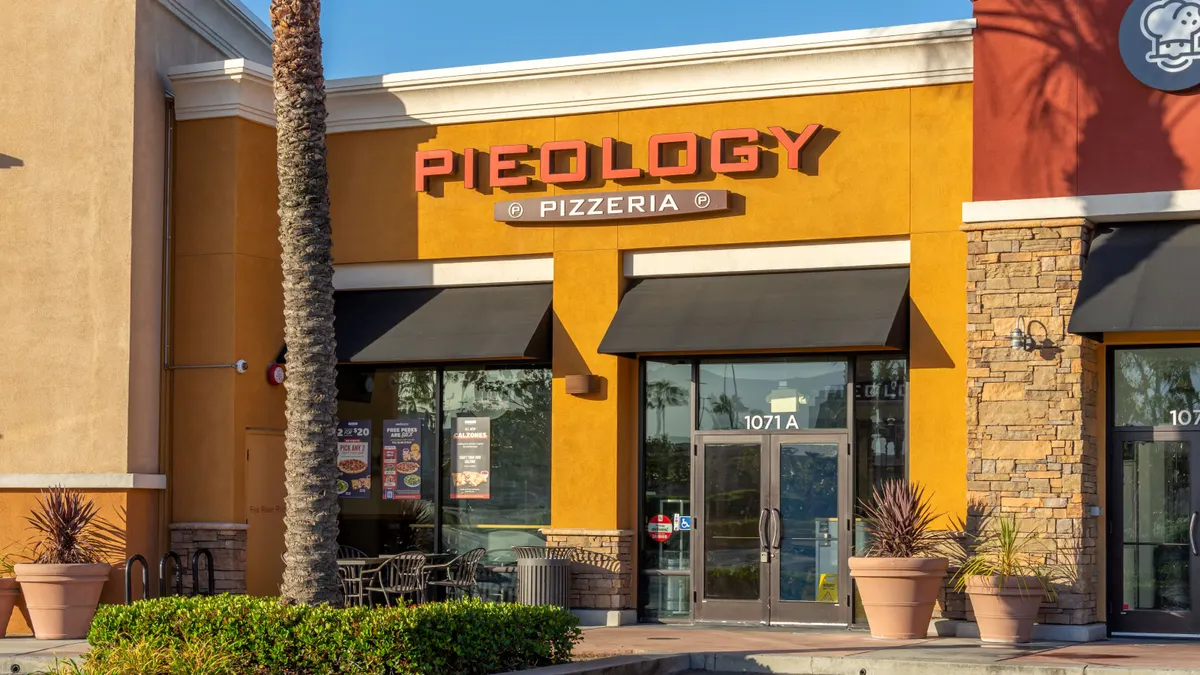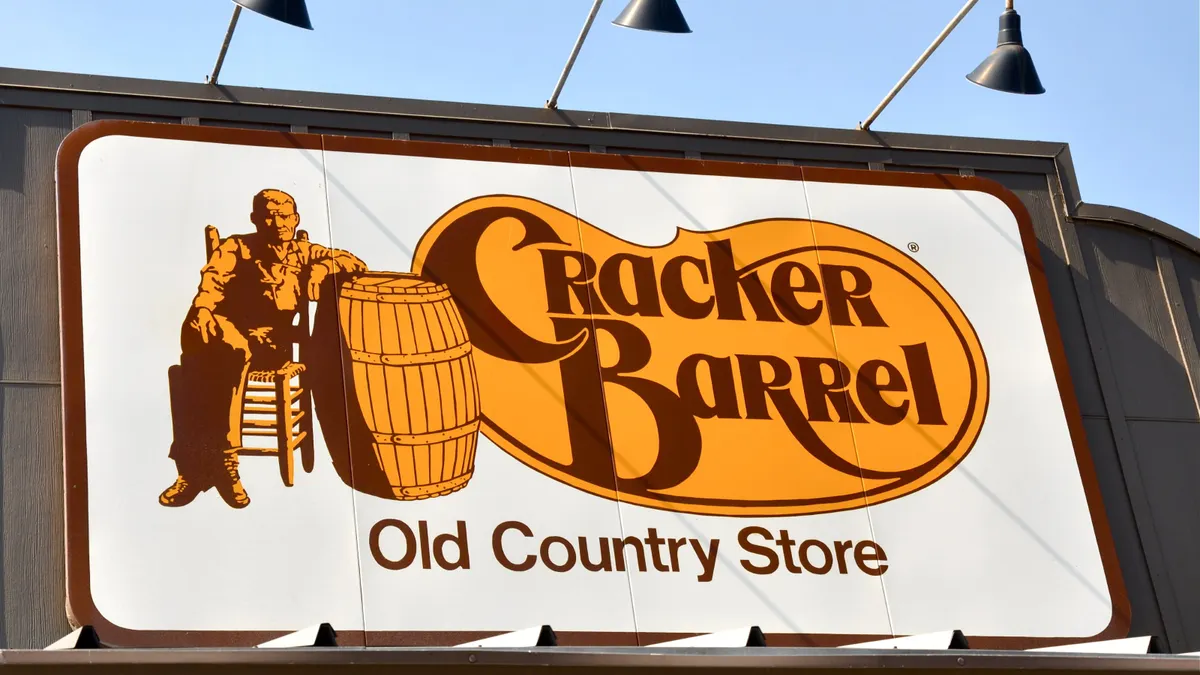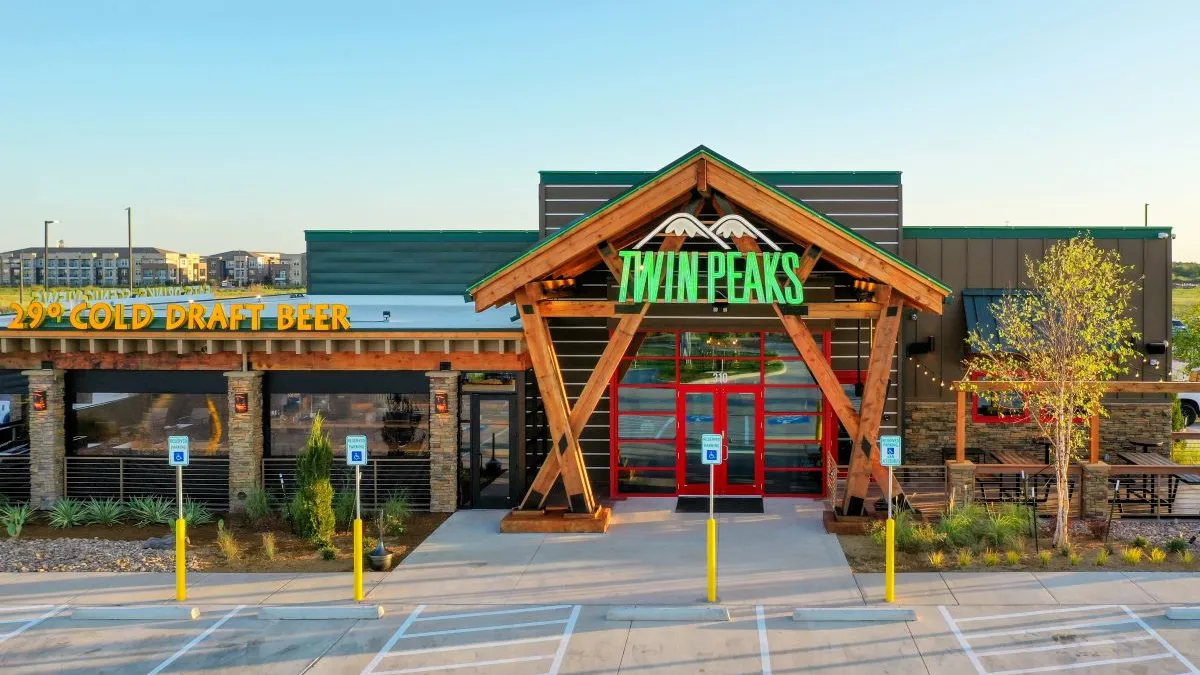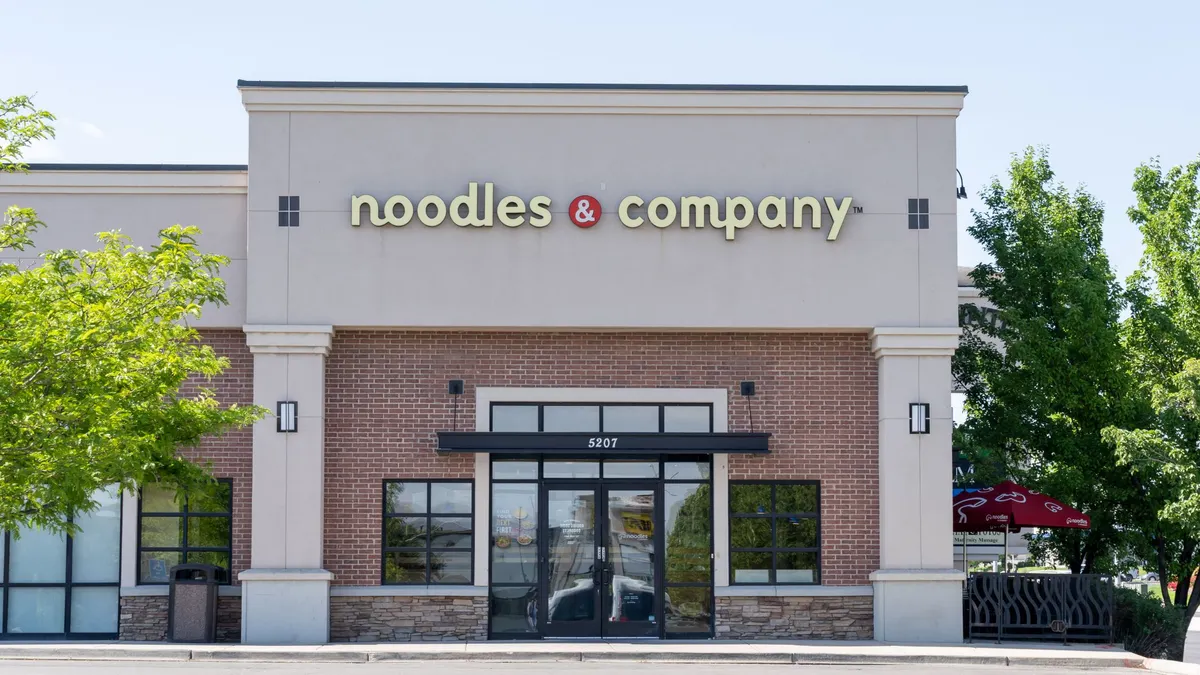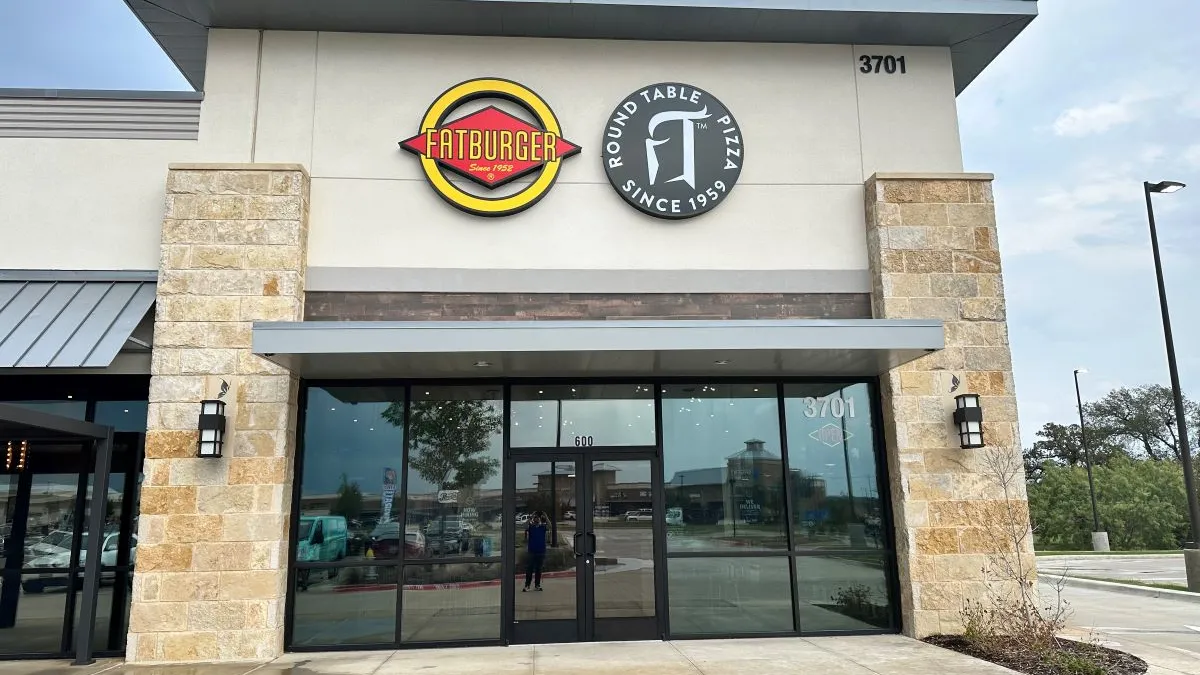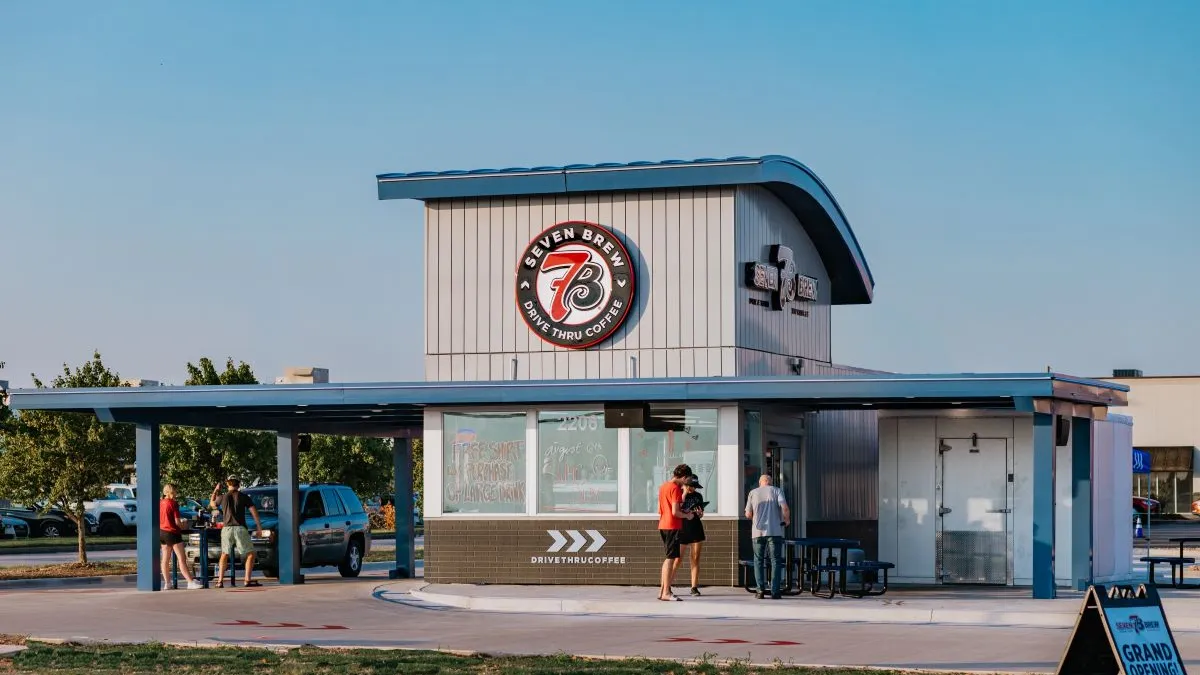When Cava submitted its intent to file an IPO in early February, it left analysts surprised.
“It is not the normal point in the cycle where you start to see restaurant companies go public,” said Nick Cole, managing director and head of restaurant and hospitality finance at Mitsubishi UFJ Financial Group.
The industry is at a 20-plus-year low in restaurant supply relative to population, Cole said, which is unusual given the current stage of the economic cycle. Usually, restaurant supply is at its peak after a period of economic expansion softens toward a recession.
“That’s the unique condition that I think the IPO market will get worked up about once they have a little bit clearer picture of the economic cycle,” Cole said. “But it’s not normal that we would have this supply-demand imbalance at this stage of the cycle.”
Cole said restaurants tend to go public in the first few years of economic recovery following a market downturn because that’s the period when institutional investors rotate funds into early-stage, cyclical industries. That investment support encourages better revenue and restaurant unit growth, which often leads to increases in company valuations. These kinds of financial conditions, Cole said, often lead to IPO activity.
Given 2023’s current economic dynamic, Cava’s filing is unlikely to start an IPO wave, said Ab Igram, executive director of Babson College’s Tariq Farid Franchise Institute. Still, Panera Brands and Fogo de Chao also are rumored to be considering entering the public markets this year.
Cava’s success could depend on what is in its S-1 filing, Igram said. The status of its conversion plan of Zoes Kitchen restaurants and the geographies these units have given Cava access to will be of note, he said.
“I think it’s early innings to see how these quarterly results come out and what it looks like, but I’d be cautious just to see how it goes,” Igram said.
With challenges to unit economics, margins and traffic, a company would need to have a strong growth story that could prove it worthwhile of going public, analysts said. But ongoing inflation and heightened construction and real estate costs make aggressive growth particularly difficult, Cole said.
“I do think that there’ll be a good opportunity for IPO activity,” Cole said. “I just didn’t think that window was today. I think that I would see that window … more [in the] second half of this year and looking into 2024.”
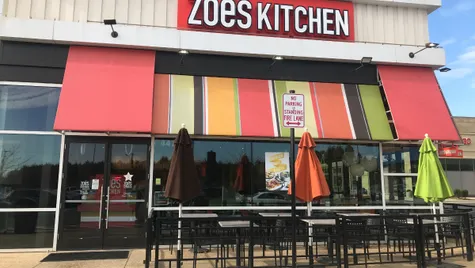
Profitability is still recovering from inflation surge
Conditions were ideal for IPOs in 2021 because the restaurant industry was coming out of a mini recession induced by the pandemic, Cole said. That year saw five high-profile restaurant IPOs, with Krispy Kreme, Dutch Bros, First Watch, Portillo’s and Sweetgreen entering the public markets.
Coming out of the pandemic, market conditions were primed for growth, especially among restaurant companies that found new revenue streams with delivery and off-premise, Cole said. There was a short period of time where investors were excited over the segment’s growth projections, but when inflation began to rise, “it threw a wet blanket over it,” Cole said.
Still, the industry is growing today because of the number of restaurant closures that occurred during the pandemic, combined with a low supply of restaurants, Cole said. But other challenges remain that make 2023 a challenging IPO environment so far, Cole said.
Operators are still seeing fairly compressed profitability following a year of tough inflation. Operators have incrementally increased pricing to offset this pressure, but this may result in traffic decline for some, Cole said.
“That made me surprised that there was a company positioned to want to pursue an IPO today,” he said. “IPOs are based on future expectations, not historical results, so we’ll see how that plays out over the next few months.”
On the other hand, the first half of 2022, particularly in Q1,, was the worst stretch of time for restaurants that Cole has ever seen in his 25-year career, he said. Lapping that quarter, by comparison, could make restaurants look better, but Cole doubts margin profitability will rebound to the industry’s 2019 levels.
“I don’t think [restaurants] are at the level of profitability to get excited about yet,” he said.
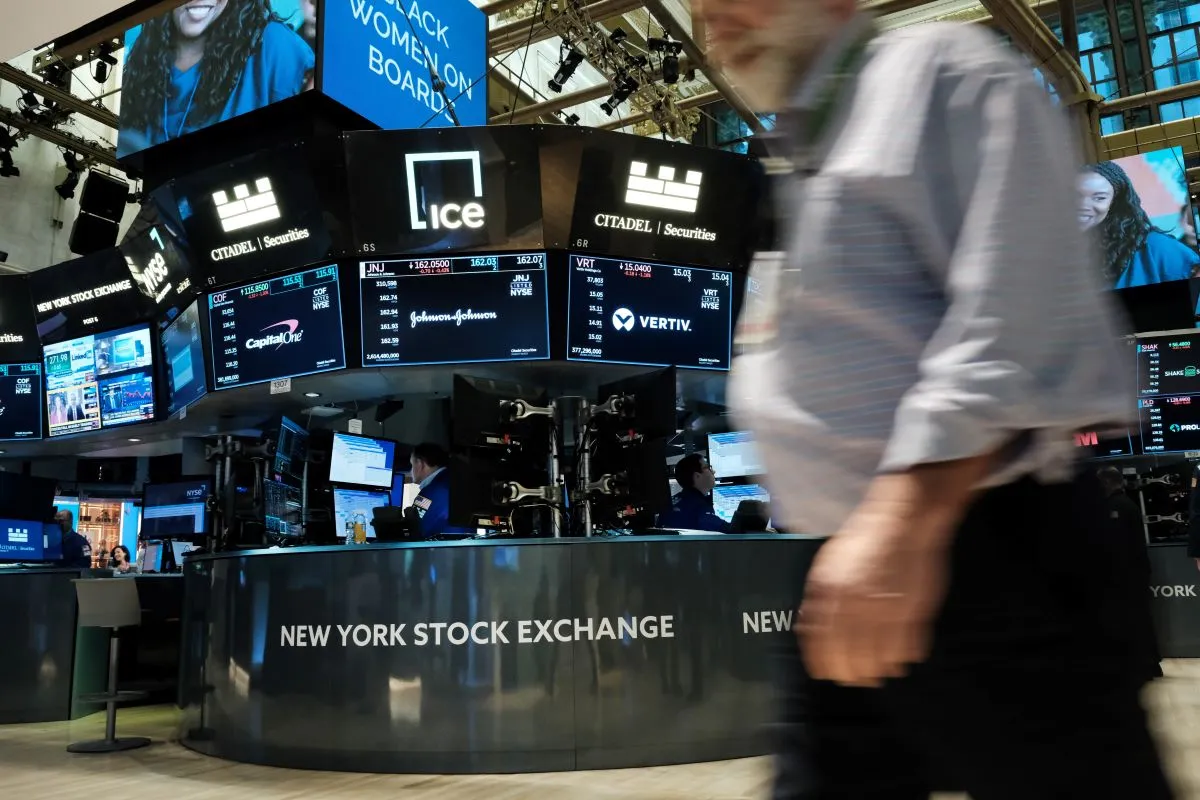
Questions to ask when mulling an IPO
A few things need to be considered when a restaurant seeks to go public, Igram said. One, restaurants need to show same-store sales growth and embrace technology. Two, restaurants need to determine what growth looks like for their companies. Are they regional chains looking to expand nationally, or do they plan to just grow in existing markets?
“The operating metrics and performance needs to continue to improve to showcase that the rest of 2023 and 2024 provides a robust environment for the growth and performance of the stores at whatever base it is,” Igram said.
If a company is heavily franchised before it goes public, its future could rely on the type of relationship it has with its franchisees and the strategies and requirements franchisees buy into, like new models, Igram said.
“When [a franchise] goes public, typically there's pressure to grow in some white space or backfill in the markets, and … that falls on the franchisees,” Igram said. Franchisees have to believe in that strategy, the new models and technology and feel supported and have a healthy relationship with the franchisor, he said.
Investors may also take a wait-and-see approach depending on how one or two public restaurant entrants do and how they are priced, he said.
There is likely to be a lot of scrutiny around the subsegment a chain is in, Igram said.
“I think there’s a lot of questions around the ability of the growth firms to grow at a pace that would be required for a company to go public,” Igram said. “Once they are public, there’s a lot of pressure to grow. Same-store sales have to continue to be strong.”


